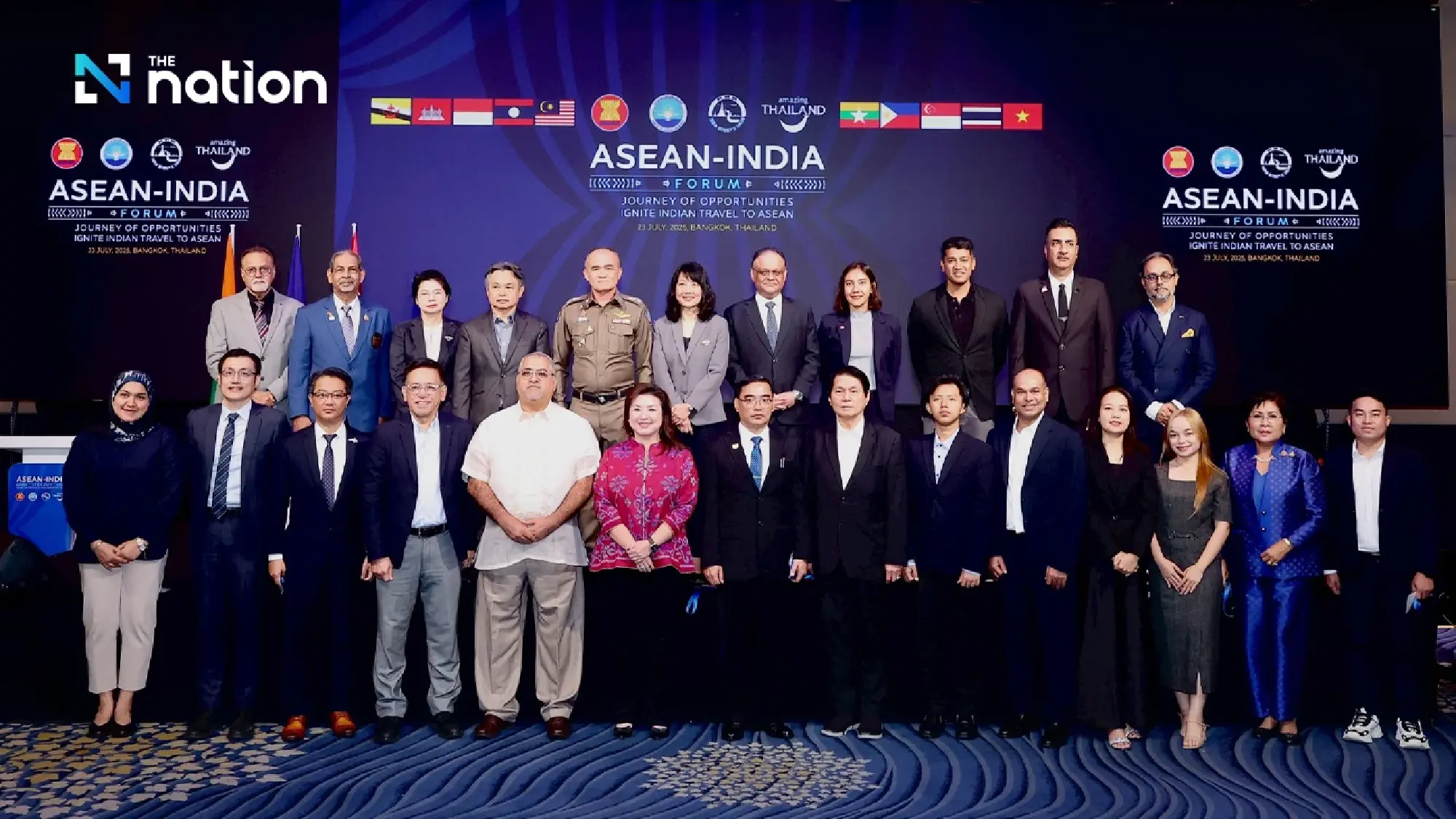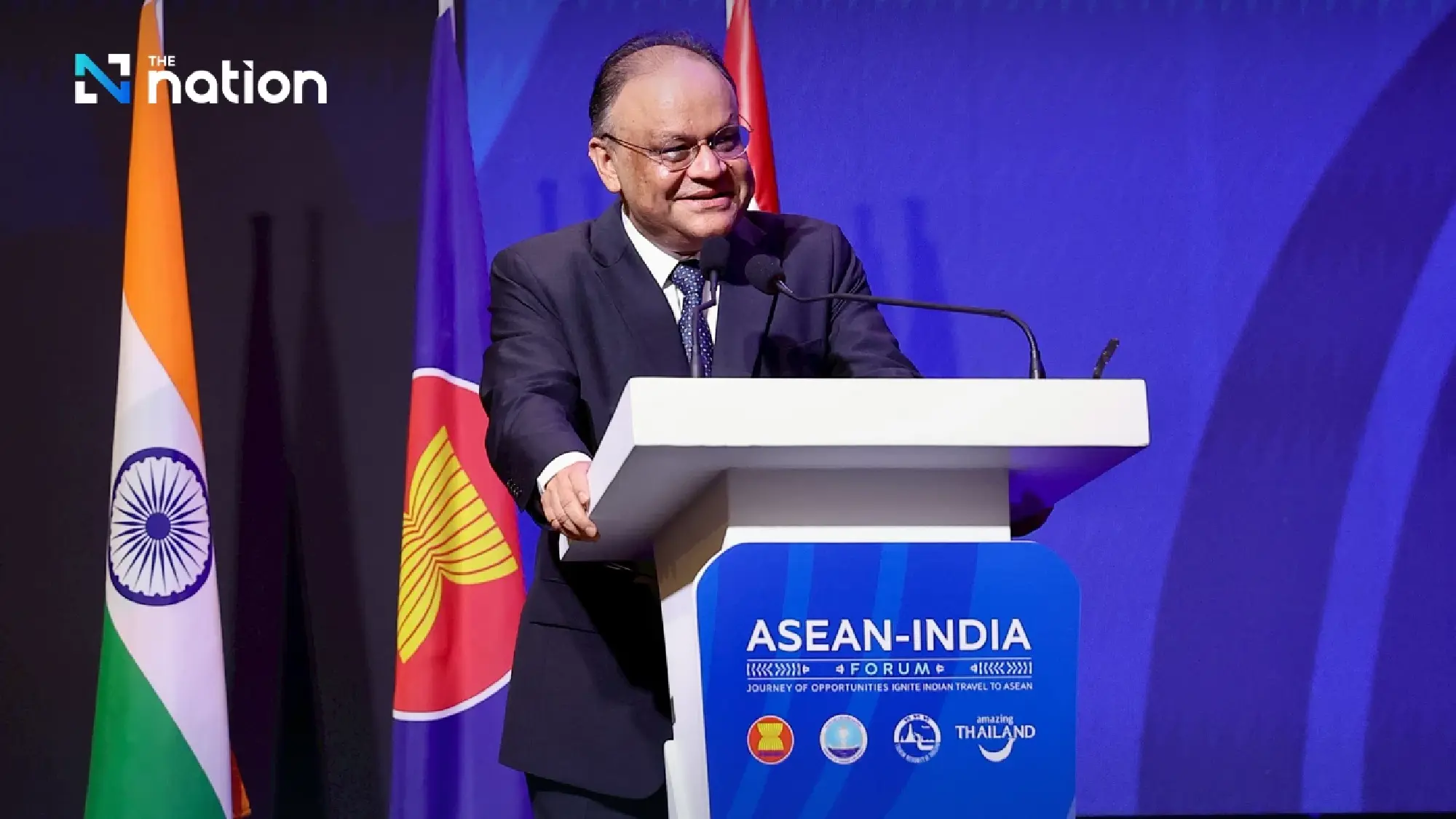Our Terms & Conditions | Our Privacy Policy
ASEAN Nations Reshape Tourism Strategies to Court India’s Digital-Savvy Travellers
The current bilateral air service agreement between Thailand and India restricts weekly seat quotas to metro cities, with ongoing negotiations to expand access to non-metro destinations—a move that could significantly unlock growth potential.
Regional Integration and Strategic Partnership
Undersecretary Verna Esmeralda C. Buensuceso of the Philippine Department of Tourism highlighted ASEAN’s strategic focus on regional integration, sustainable development, and cultural exchange as it prepares for 2025 and beyond.
She emphasised the importance of deepening political, economic, and social ties with India as a key partner.
“We’ve seen a surge with over 5 million Indian travellers in 2024, facilitated by improved air connectivity and visa liberalisation policies across member states,” Buensuceso noted.
She outlined initiatives including the ASEAN-India Year of Tourism 2025, which aims to boost connectivity, promote eco and cultural tourism, and foster youth and capacity-building programmes.
The Philippines, as the upcoming lead coordinator for ASEAN’s tourism strategy post-2025, is championing continued collaboration in digital innovation, diversification of tourism offerings, and the development of integrated travel packages.

Thailand’s Tailored Marketing Success
Pattaraanong Na Chiangmai, Deputy Governor for International Marketing at the Tourism Authority of Thailand (TAT), shared Thailand’s successful track record in promoting Indian tourism.
Pre-pandemic, India ranked amongst Thailand’s top five source markets with 1.9 million visitors in 2019, rising to 2 million in 2024.
“Thailand’s tailored marketing strategies focus on wedding tourism, corporate events, cultural exchanges like Diwali festivals, Bollywood partnerships, and digital influencer campaigns,” Pattaraanong explained.
She stressed the importance of improving accessibility through visa facilitation and expanding multi-destination travel options.
Thailand aims to serve as a seamless, welcoming hub for India’s growing outbound travel market, with Pattaraanong calling for regional collaboration to create joint marketing efforts that foster friendship, trust, and shared prosperity.

Nikhil Sharma, Managing Director for South Asia at Radisson Hotels & Resorts, emphasised the importance of understanding Indian travel behaviour patterns.
“Indian travellers may scrimp on airfare but will spend more on room upgrades and premium services,” he observed.
Radisson has witnessed a surge in multi-generational family travel from India, often requiring adjacent rooms and bespoke services. Essential amenities now include vegetarian food options, Hindi-speaking staff, seamless Wi-Fi, and child-friendly facilities.
“Culturally, Indians are accustomed to personalised service at home and expect the same level of attention in hotels,” Sharma explained. “From Bollywood-inspired tourism to cricket-friendly packages, tailoring to cultural touchpoints can significantly boost appeal.”
Hotels Adapt to Cultural Preferences
The forum’s afternoon session highlighted India’s wedding and honeymoon market, valued at $130 billion and growing by 20-25% annually.
Thailand has positioned itself to host large-scale Indian destination weddings, which typically span 3-5 days and welcome 500-1,000 guests per event.
These celebrations require culturally sensitive services, particularly vegetarian cuisine, traditional ceremonies, luxurious ambience, and comprehensive professional teams—areas where ASEAN destinations are increasingly specialising.

Wedding Market Presents Major Opportunity
Panellists agreed that collaborating with Indian celebrities and content creators offers powerful destination marketing opportunities. Kumar cited successful examples such as Dubai’s partnerships with cricket star Virat Kohli and actor Shah Rukh Khan.
Sharma urged ASEAN nations to offer incentives to Indian film crews, including subsidised equipment rental and filming locations, to encourage more Bollywood productions in the region—a strategy that could significantly boost destination awareness.

Looking Forward
The forum concluded with calls for enhanced connectivity through improved air routes, cruise tourism, and policy coordination.
ASEAN Secretary-General Dr Kao Kim Hourn emphasised the need for “inclusive, personalised, and sustainable experiences that cater to evolving traveller preferences, including younger and digital nomad demographics.”
Indian Ambassador to Thailand Nagesh Singh highlighted the robust modern relationship between the regions, noting India as a comprehensive strategic partner with over $100 billion in trade and substantial tourism flows.
As the Philippines prepares to assume leadership of ASEAN’s tourism strategy post-2025, the focus remains on fostering mutual growth and cultural understanding—recognising that today’s Indian travellers seek transformative, story-rich journeys rather than conventional holidays.
Images are for reference only.Images and contents gathered automatic from google or 3rd party sources.All rights on the images and contents are with their legal original owners.



Comments are closed.